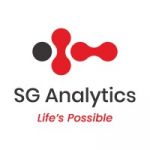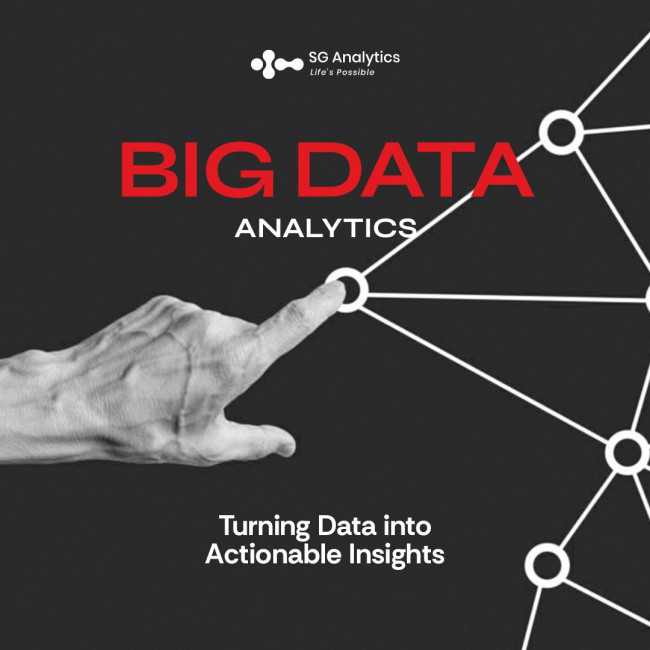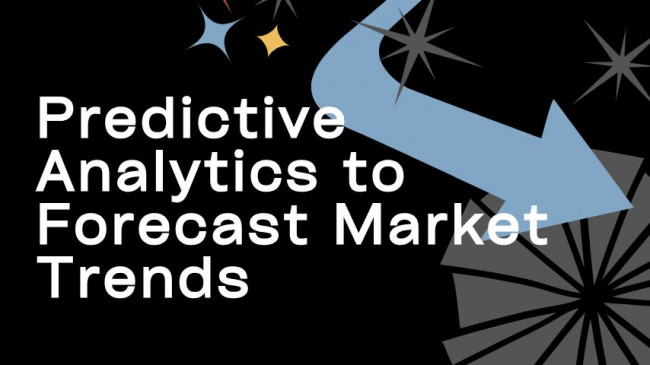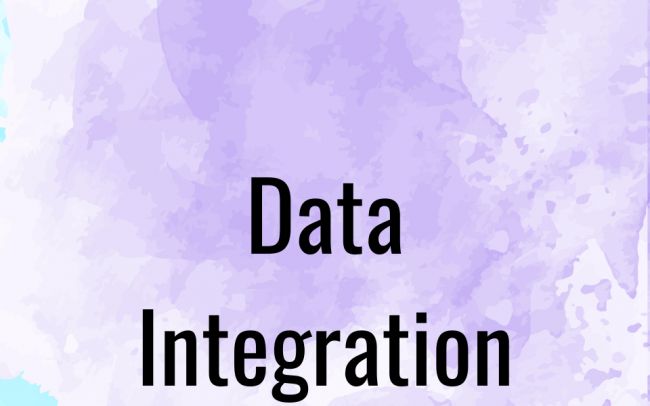Appropriate data sampling and sorting help researchers yield reliable conclusions. Moreover, you want to ensure that fake news or manipulated data can never enter the databases. Additionally, embracing data quality management standards and using machine learning to fix null values will help avoid skewed insights during reporting. This post will include a comparison of qualitative and quantitative market research methods.
What is Market Research?
Market research means gathering and analyzing market, product, or service information. It allows corporations to develop insightful reports explaining customers’ and competitors’ behavior. MR practices, like in-person interviews, online surveys, or social listening, facilitate identifying novel market entry opportunities and threats.
Organizations often conduct market research (MR) to estimate brand perception, explore product design ideas, and find weaknesses in strategy. Accordingly, technologies have evolved to streamline online surveys and videoconferencing for remote interviews. Besides, advanced data mining systems expand the data gathering scale, enhancing the reliability of quantitative market research reports.
Comparison of Qualitative and Quantitative Market Research Methods
In addition to primary and secondary MR, you can categorize the data collection and processing methods based on data volume, structure, and required computing resources. The following types of market research techniques rely on those criteria.
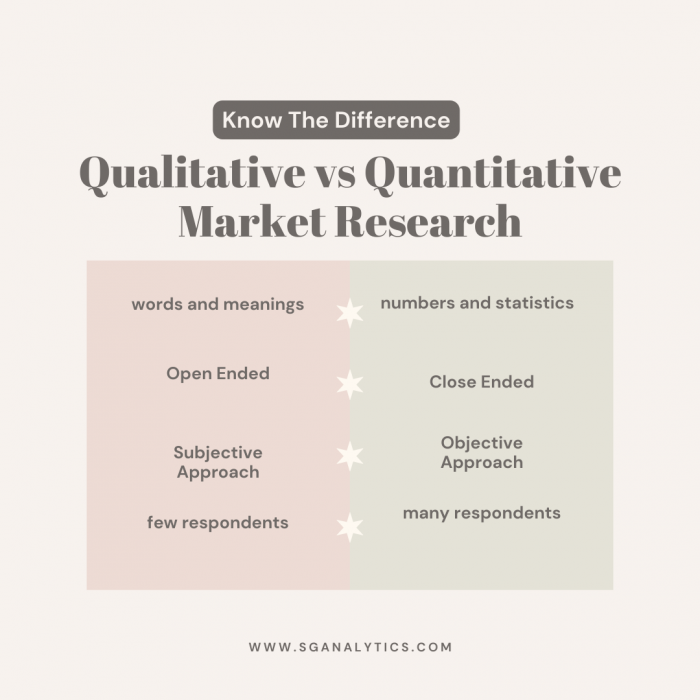
1| Qualitative Market Research
Customers write about their positive and negative experiences concerning your brand during surveys. Multiple online communities exist across platforms, letting them discuss poor post-purchase support or product feature requests. Simultaneously, all social networking sites have witnessed a remarkable hike in short, vertical videos featuring consumers describing products, services, and more.
Enterprise-grade qualitative market research focuses on rich media and detailed consumer responses to identify purchase motivations and estimate the popularity of product ideas. Therefore, marketers, engineers, designers, managers, and analysts can explore consumer psychology. Qualitative MR can also alert your team to potential controversy risks due to fake news and public relations fiascos.
Machine learning, neural networks, artificial intelligence, multi-modal generative systems, and large language models (LLMs) are essential to qualitative MR. As a result, leveraging cloud computing and overcoming hurdles like high resource usage will be inevitable. Given this reliance on complex technologies, qualitative MR necessitates expensive IT infrastructure and rare, talented professionals.
Qualitative Research Methods
Definition: Qualitative research involves the collection and analysis of non-numerical data, such as words, images, or objects, to gain an understanding of concepts, opinions, or experiences. It seeks to provide a deeper insight into the subject matter.
Characteristics:
- Subjective: Focuses on exploring ideas, understanding phenomena, and gaining insights.
- Data Collection: Uses open-ended methods like interviews, focus groups, observations, and content analysis.
- Data Analysis: Involves thematic analysis, coding, and identifying patterns or themes within the data.
- Results: Provides detailed descriptions and interpretations of the data, often presented in a narrative form.
- Sample Size: Typically involves smaller, more focused sample sizes to allow for an in-depth exploration of the topic.
Applications:
- Used in fields like psychology, sociology, anthropology, education, and health sciences.
- Suitable for studies where the goal is to explore new areas, understand complex phenomena, or gather detailed insights.
2| Quantitative Market Research
Numerical data on past buyers, social shares, online followers, star ratings, and units purchased is computer-friendly. For computers, reformatting tabulated numbers is also quicker than exploring descriptive texts or interpreting the context of audiovisual content. Quantitative market research, excelling at structured data analytics, ensures you can find patterns in large audience sample datasets.
Unlike Qualitative MR, quantitative MR fulfills broader data collection and validation objectives. Moreover, standard statistical modeling methods are more than sufficient to find most insights into structured data.
However, quantitative research requires significant investment into extensive data storage, encryption, and backup infrastructure. Similarly, companies must enhance networking systems to handle huge data volumes without software crashes or hardware failure.
Quantitative Research Methods
Definition: Quantitative research involves the collection and analysis of numerical data to identify patterns, relationships, or trends. It is often used to quantify behaviors, opinions, or other defined variables and generalize results from a larger sample population.
Characteristics:
- Objective: Aims to test hypotheses or answer specific research questions.
- Data Collection: Uses structured tools like surveys, questionnaires, and instruments that produce quantifiable data.
- Data Analysis: Employs statistical methods to analyze numerical data.
- Results: Provides results in the form of numbers and statistics, often visualized through charts, graphs, and tables.
- Sample Size: Typically involves larger sample sizes to ensure the validity and reliability of the results.
Applications:
Used in fields like natural sciences, social sciences, economics, and marketing.
- Suitable for studies where the goal is to measure the extent, frequency, or magnitude of certain phenomena.
Comparison
| Aspect | Quantitative Research | Qualitative Research |
|---|---|---|
| Objective | Test hypotheses, measure variables | Explore concepts, understand phenomena |
| Data Type | Numerical (quantifiable) | Non-numerical (descriptive) |
| Data Collection | Structured tools (surveys, questionnaires) | Open-ended methods (interviews, observations) |
| Analysis | Statistical methods | Thematic analysis, coding |
| Results | Numbers, statistics, visualizations | Detailed descriptions, narratives |
| Sample Size | Larger samples for generalization | Smaller samples for in-depth study |
| Applicability | Broad, generalizable findings | Rich, contextual insights |
Choosing the Right Method
The choice between quantitative and qualitative research methods depends on the research question, objectives, and the type of data needed. Often, researchers use a combination of both methods (mixed-methods approach) to leverage the strengths of each and provide a comprehensive understanding of the research problem.
Conclusion
Qualitative MR embraces context determination involving subjective and unstructured data assets. At the same time, brands employ quantitative MR for objective and structured datasets. Both methods are crucial to understanding what makes customers hit that checkout button or contact your sales representatives.
Technological innovations, like LLMs and big data analytics, empower market research professionals to upgrade their qualitative and quantitative reporting systems. While the former requires cloud-assisted advanced machine learning add-ons, the latter attracts greater data storage costs.
Therefore, organizations must explore optimization ideas and invite reputable market researchers to guide their in-house teams. Doing so will accelerate the effort to investigate consumer expectations. You will have more diverse perspectives to get new improvement ideas for product planning and brand positioning.
